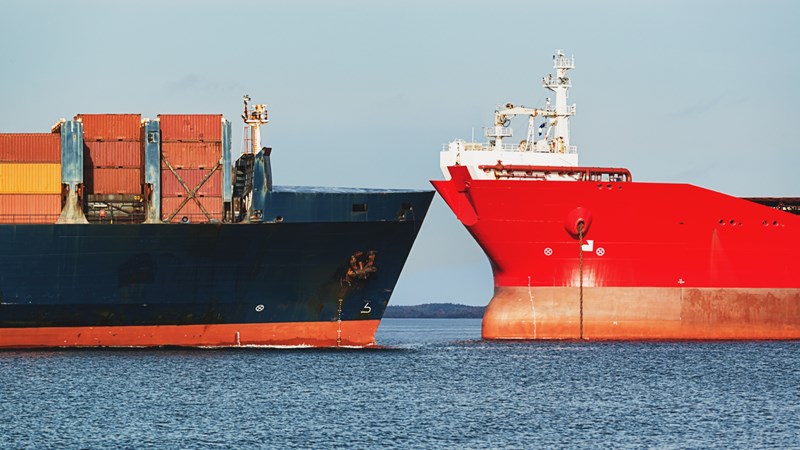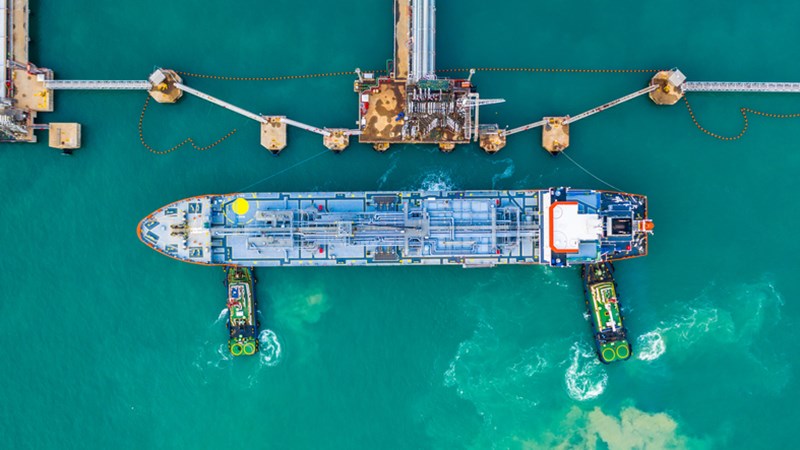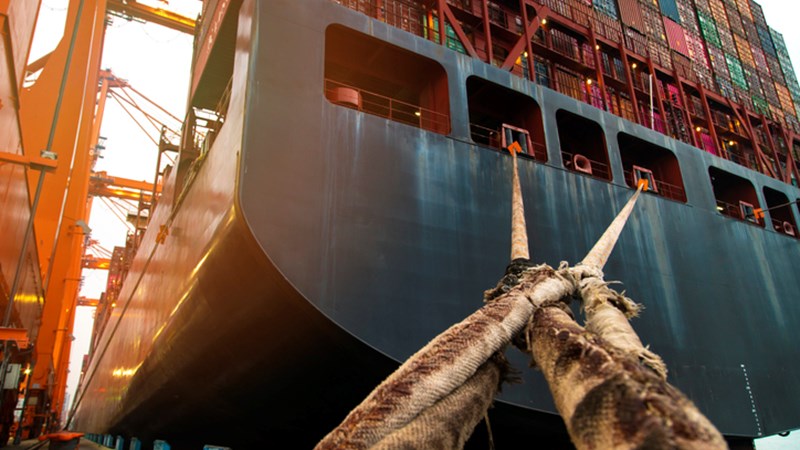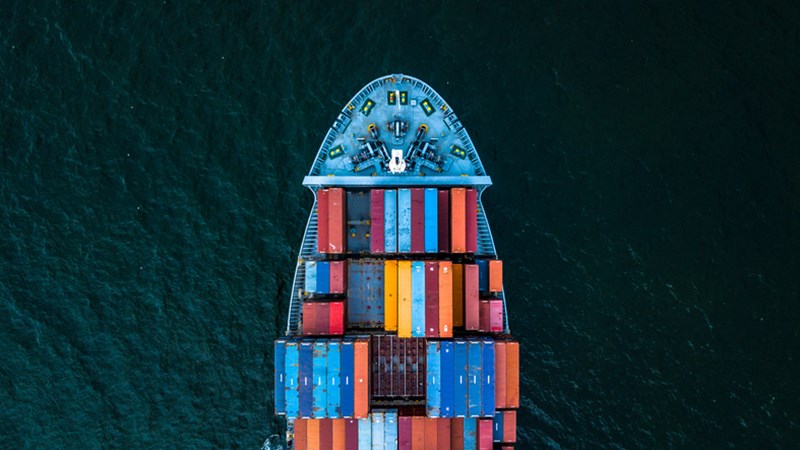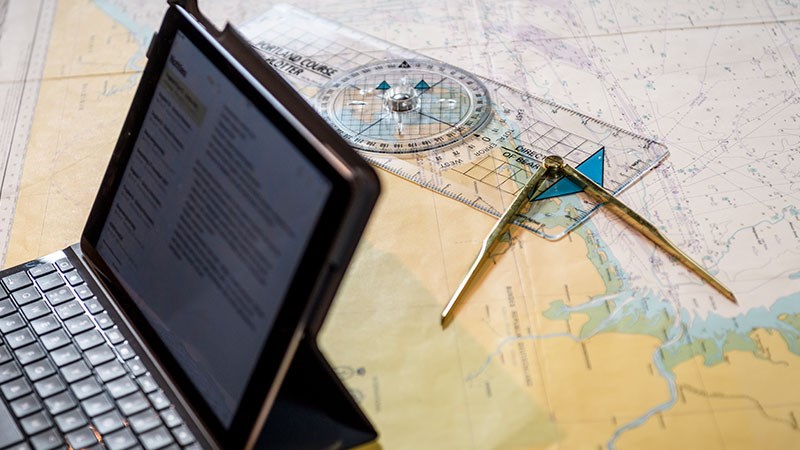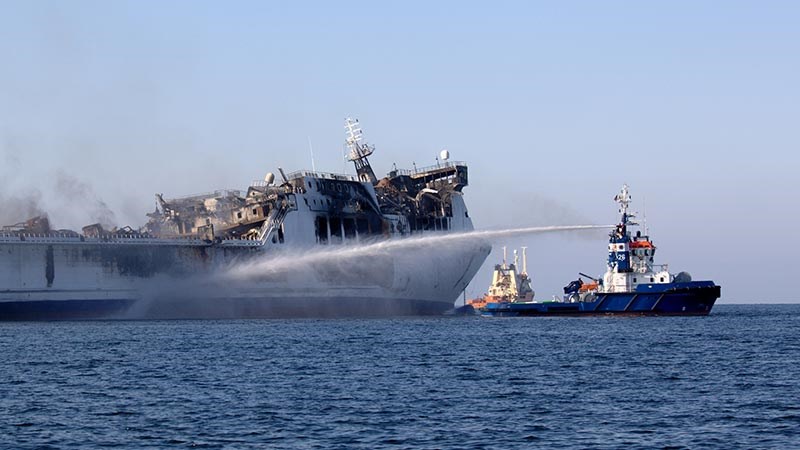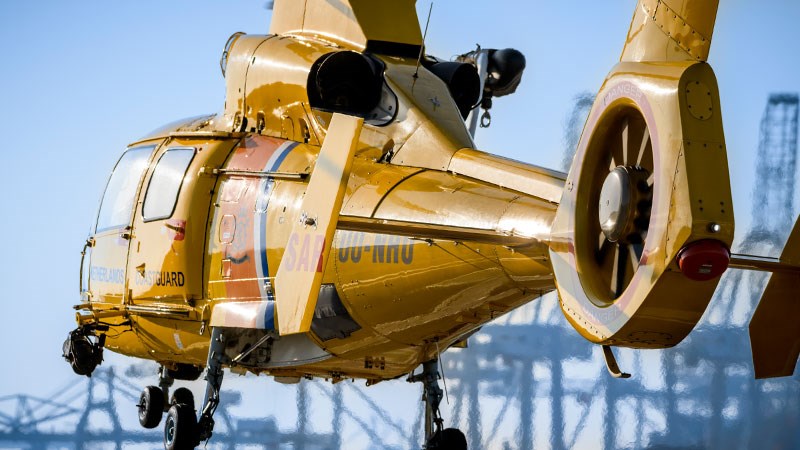Collision
Collision is defined as ‘two vessels coming into contact with each other’. In the event of collision, a special collision regime applies on the basis of the Collision Convention as well as Book 8 of the Dutch Civil Code.
Under Dutch law, collision liability is channeled towards the ship owner. When more than one vessel is at fault, liability for the collision damage is divided proportionally between the ship owners according to the proportion of faults that were causal to the collision. The collision liability regime provides for a relatively short limitation period of two years. This regime also applies when damage occurs in respect of the operation of a vessel without collision in terms of contact between vessels; such as in the event of a winter storage in which the on board heating causes fire, explosions in vessel tanks and damage to electricity cables or gas pipelines caused by dredging activities.
The term ‘collision’ is a very broad one and the same applies to the term ‘vessel’. Everything that, according its construction, is meant to float and floats, or has floated, is a vessel. According to a strict interpretation of the law, a rubber duck may also qualify as a vessel. Also surf boards, jetties and buoys may be qualified as ‘vessels’. Yes, even a rubber duck floating in the water is a vessel, which is why we often say: “Everything is a collision!”.
In collision cases, there is no legal presumption of fault. Simply stated: the mere fact that a vessel has exploded, which caused damage, is insufficient for liability of the owner of the exploded vessel. An investigation into the circumstances directly after the collision may therefore be decisive for the outcome of the case. Waiting too long to start an investigation may lead to radar images being erased, witnesses disappearing from sight and the causal link between the event and the damage becomes difficult to prove. It is therefore vital to register everything in detail after a collision, no matter how evident the cause of the collision (and possible division of damages) may seem at first.
In the event that we are engaged by a party with a lot of damage after a collision, it is all hands on deck in order to obtain radar images and marine radio recordings of nearby shore stations, taking declarations from people who were involved or near; obtaining security from possible debtors and researching various jurisdictions in order to limit potential liability as much as possible.



